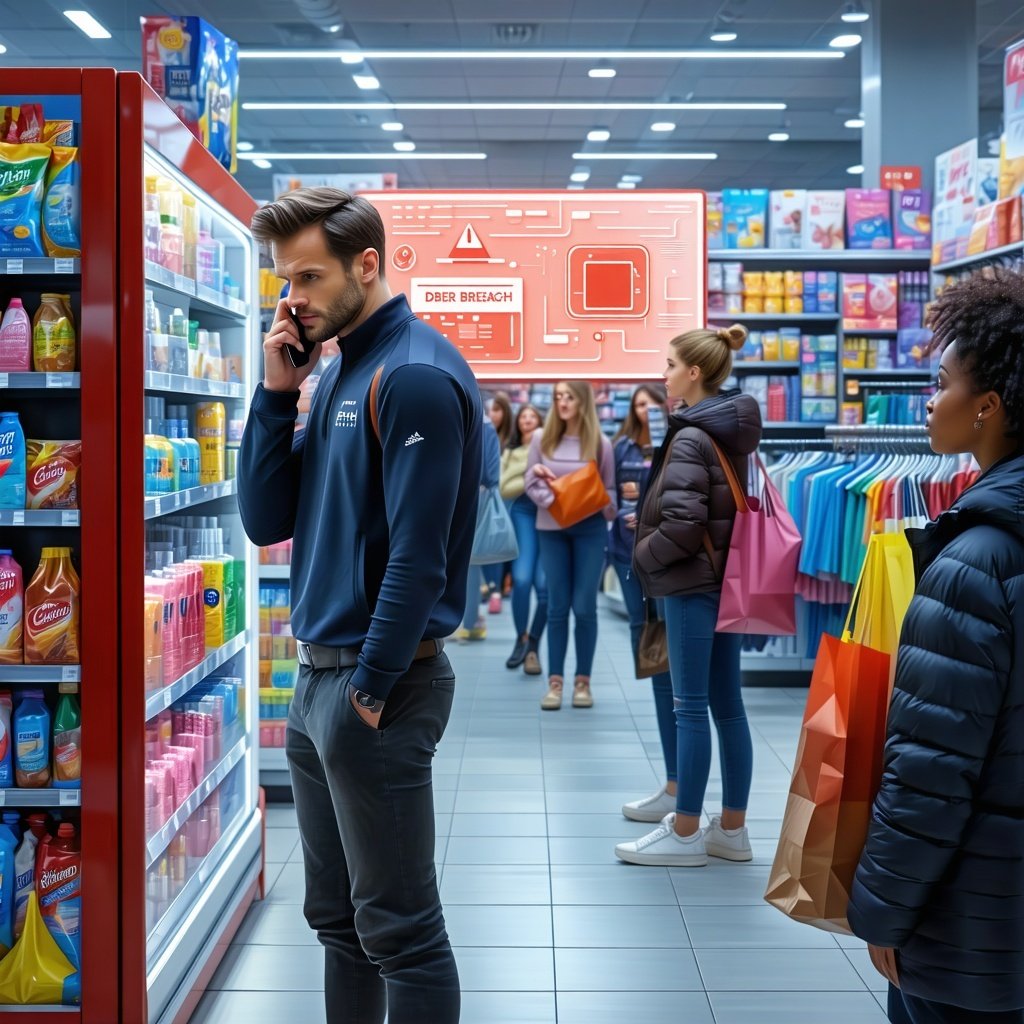Leveling the Field for Students of All Abilities
Inclusive education is a pedagogical approach that strives to serve the needs of everyone in class, regardless of background, identity, or ability, all while encouraging engagement through careful selection of subject material and suitable delivery methods. This type of learning environment seeks to remove barriers by considering learning needs and preferences, thereby motivating students to assume control of their academic endeavors.
In recent years, there has been a significant push toward inclusive learning to provide a level playing field for all students. Much of the focus has been on students on the learning spectrum and equipping them with the tools to overcome the challenges that they face in the everyday classroom environment. However, this instructional concept is much bigger than helping those with learning disabilities.
A Real Need for Inclusion
An estimated 1.3 billion people, almost 240 million of whom are children, live with some form of disability globally, representing the world’s single largest minority. As more and more students with physical and sensory impairments venture out from self-contained special education classrooms and into general education settings, teachers must broaden their awareness of the needs of each student and establish a framework for accommodating these needs respectfully. Accessibility, after all, is at the heart of inclusive learning – and that means enabling all learners and gearing them up for individual success by ensuring inclusive design tools and strategies are at the center of their education plan.
In many cases, the sudden transition to remote learning amplified existing educational challenges that had remained hidden within classroom conditions. Many students struggled with the abrupt switch, caused by feelings of isolation, independence, and the emerging screen inferiority phenomenon. For students with disabilities, however, the introduction of technology in instruction has provided exciting opportunities to address their challenges and construct an inclusive virtual environment where they feel equally as equipped as their enabled peers.
Human-centric Learning Process
The key to building a truly inclusive classroom environment is to first recognize the presence of exclusionary practices or technology and then address them through thoughtful design and strategy. When you solve challenges for one, you extend the benefit of inclusion to many, leading to universal improvements across the entire class and student body. Furthermore, learning from diversity means putting people first and letting their unique perspectives and experiences guide the learning process.
Assistive technology is a set of tools that make tasks easier to perform. It is especially helpful for students with disabilities who might face more difficulty carrying out everyday activities than their classmates. Some examples include text-to-speech and speech-to-text engines, as well as display resolution adjustability and screen magnification, many of which are built into Windows 11, an education-focused operating system designed to work efficiently on low-cost devices.

Immersive Reader, for instance, provides appropriate and accessible resources to support reading based on individual student needs and preferences. Features like Read aloud, Line focus, which highlights lines of text at a time to improve concentration and Picture dictionary, a visual aid tool that connects words to images, come together to create a more inclusive experience for students of all abilities.
Learner attitudes toward math are precarious enough without them having to deal with accessibility challenges on top of the anxiety. With Math Assistant, students can work independently to build confidence in approaching the subject. They can write an equation in their OneNote notebook, and with one click, Math Assistant will solve the equation laying out each step in the process for them to see where they might have missed a step or got confused. The equations are read aloud, offering critical support for students with dyscalculia, dyslexia, and vision impairments.
Educators are also benefiting from tools that help them check the accessibility of their course materials. Accessibility Checker makes it easy to ensure that children of all abilities can see, read, or listen to your prepared lessons. This feature is available across all Microsoft 365 applications.
To communicate with their teachers and classmates, students have relied on Teams and similar collaboration platforms to navigate remote and hybrid learning. However, with the new technological environment, students sometimes grapple with comprehension and retention challenges during video calls. Live Captions offers real-time captions of anyone speaking during a call, reducing confusion while including those with hearing impairments in the conversation. ESL learners can also use the Translator app to improve their communication with peers.
More tools to improve accessibility and digital equity are being created both within the Microsoft ecosystem and through third-party app developers, so we’ll keep you posted on how you can ensure an equitable learning environment for your students as they come along.





.png)